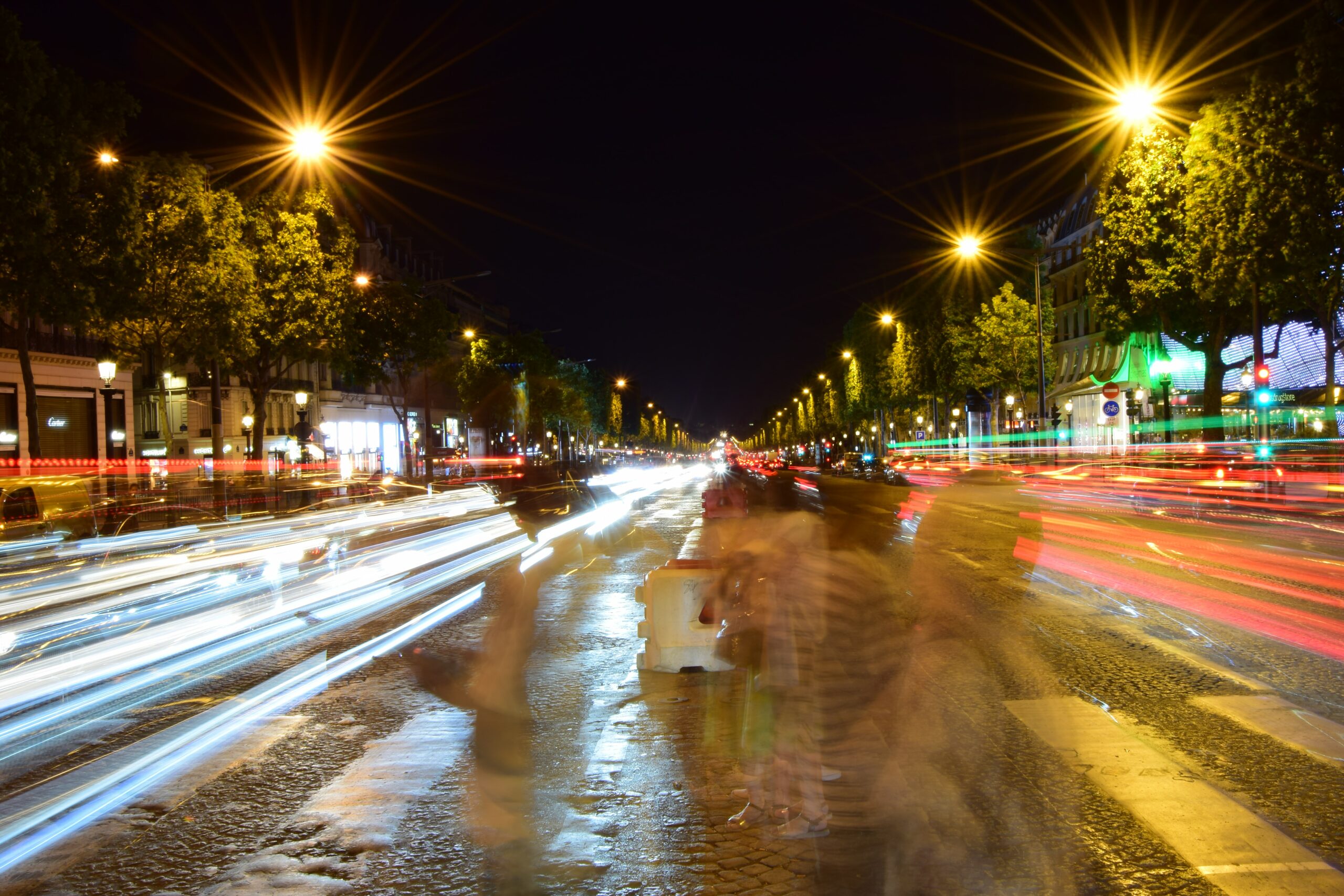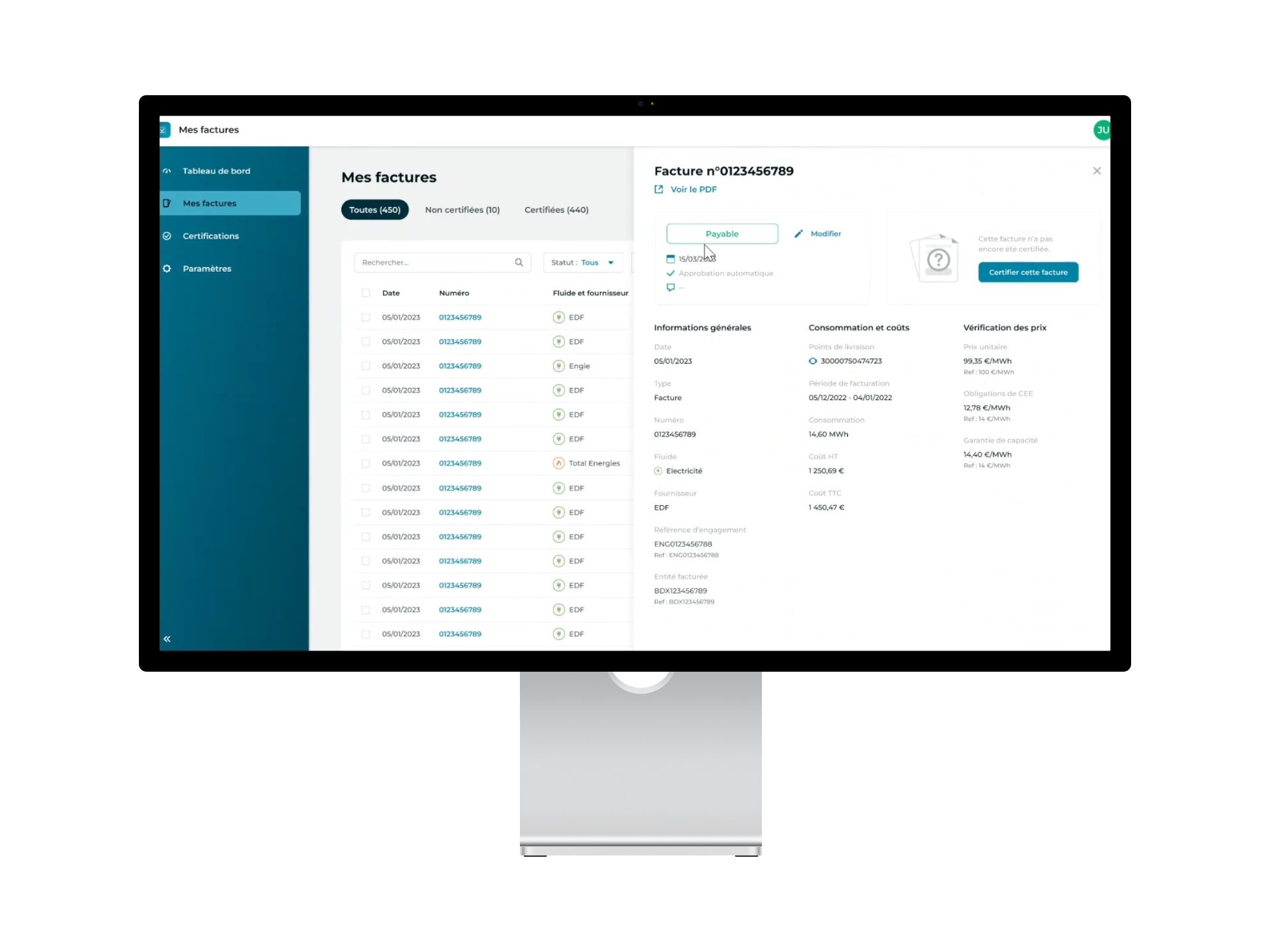The city of tomorrow faces multiple challenges:
- improving its energy efficiency to save energy
- ensuring optimal comfort for the community’s inhabitants and users
- controlling costs
Of course, these challenges are linked. The subject of public lighting is an excellent example of the cross-cutting nature of the issues faced by local authorities today.
In France, public lighting accounts for a considerable portion of a community’s energy consumption. In addition to the energy bill, it also generates significant maintenance costs. At the same time, good lighting in public spaces is a source of comfort and safety for citizens.
How can we save energy on public lighting and reduce the associated costs without cutting back on the comfort of residents?
For the actors concerned, the answer lies in Smart Lighting.
What is smart lighting? How does it meet the challenges of local authorities? And how does the solution developed by Energisme support stakeholders in optimizing the management of their public lighting?
Optimizing public lighting management: what are the issues?
Public lighting: a significant energy and budgetary expense
Controlling public lighting is at the crossroads of several environmental, economic and social issues. First, in the context of environmental and energy transition, reducing energy consumption related to lighting in local authorities is a priority. Public lighting accounts for a considerable share of electricity consumption in France:
- public lighting accounts for 32% of electricity consumption at the national level
- it accounts for 41% of the electricity consumption of local authorities
All energy sources combined, public lighting accounts for 16% of the energy consumption of local authorities. It also represents 37% of their electricity bill.
While national and international regulations encourage all players to improve their energy efficiency and reduce their consumption, local authorities are strongly encouraged to take part in this effort.
Huge potential to reduce energy costs
The potential energy savings in public lighting are all the more considerable as a large proportion of the equipment is obsolete.
In France, nearly 40% of streetlights have been in service for more than 20 years. More than 50% of the equipment is based on old and energy-consuming technologies: diffusing balls, mercury vapor lamps, etc.
Not only does the maintenance of this equipment increase the energy bill of local authorities, but it also generates significant maintenance costs. This is why ADEME is supporting local authorities in the renovation of their public lighting systems.
Replacing high-pressure sodium and mercury lamps with LED lamps is a first step towards better energy management of urban lighting issues.
With equivalent lighting, this equipment consumes less energy. They allow modulation of
The addition of IoT sensors to the lighting system is a good example of this.
The addition of IoT sensors to these installations opens the way to intelligent control of public lighting according to multiple criteria (site frequentation, weather conditions, etc.). In addition to energy and budget savings, smart lighting also addresses other issues, including safety, mobility and visual pollution control.
Who are the actors involved in the management of public lighting?
As stipulated in the General Code of Local Authorities, public lighting is traditionally a competence of the communes.
However, particularly since 2014 and the entry into force of the law on the modernization of territorial public action and the affirmation of metropolises, many communes have chosen to transfer the management of public lighting to intercommunalities. In 2018, this was the case for nearly a quarter of the communes.
Finally, as the management of lighting requires more in-depth technical skills, a growing number of local authorities are relying on companies delegated to design, install, operate and maintain equipment.
Smart Lighting, the solution for optimizing public lighting management
What is Smart Lighting?
Smart Lighting is based on data to meet the challenges of public lighting.
The most visible use of Smart Lighting is obviously the automated control of equipment. By equipping streetlights with technologies such as cameras, photocells or IoT sensors, local authorities can collect multiple data:
- street traffic
- traffic conditions in real time
Combined with weather and outdoor lighting data, this data facilitates the adjustment of lighting levels to actual lighting needs. If the system detects a pedestrian or a vehicle, the adjacent lights will illuminate it until the movement fades. Conversely, the system will automatically dim the lights in unused areas.
In addition, Smart Lighting collects data to facilitate remote monitoring and maintenance of lighting equipment.
What are the benefits of Smart Lighting?
Intelligent public lighting responds to all the public lighting challenges faced by the players involved.
Significant energy savings
Switching from traditional equipment to less energy-intensive equipment, such as LED lamps, generates energy savings even with constant lighting. With a Smart Lighting system, communities can take their energy efficiency to the next level. With intelligent control of street lighting, only the necessary energy is actually consumed.
Budget savings
Reducing electricity consumption has a direct impact on the community’s budget. Smart Lighting is precisely at the crossroads of these two issues. In addition to lowering energy bills, smart lighting helps reduce the cost of maintaining public lighting equipment.
Whereas maintenance traditionally required the intervention of municipal employees or specialized companies, it can now be done remotely, with better control of costs. In addition, a Smart Lighting system facilitates the detection of equipment anomalies and, thanks to data analysis, the detection of billing anomalies, which are also sources of savings.
More comfort for users of the public space
Intelligent lighting also addresses social issues. By acting automatically and separately on equipment or groups of equipment, it contributes to an optimized urban experience for residents, users of public spaces and tourists. Its benefits in this area are multiple:
- Improving safety in public spaces
- Facilitating traffic flow for all modes of urban transportation
- Highlighting monuments and tourist sites
- Facilitate the activity of night workers
Smart Lighting, a step towards the Smart City
Given the policies to support the renovation of public lighting, Smart Lighting is an opportunity for local authorities to initiate a movement towards the Smart City.
Indeed, even if the renovation of public lighting requires an initial investment from the community, the return on investment and the ROI time are easily calculated thanks to the collected data. Public lighting is an area where it is possible to quickly achieve significant savings, and therefore to launch a Smart City type approach with less risk. It is also a way to acculturate the stakeholders to the issues related to the data path.
Moreover, the data from sensors installed on lighting equipment can also be used for other public policies: security, urban mobility, etc.
How Energisme supports you in your intelligent street lighting approach
Mastering the data path, a key factor in the success of Smart Lighting
Intelligent public lighting is based on data. To enable automatic control of equipment as well as remote monitoring and maintenance, a certain amount of primary and contextual data must be collected, centralized, aggregated and analyzed. The N’Gage platform, developed by Energisme, thanks to its interoperability, is able to connect to any data source. For public lighting, the data to be considered is massive and heterogeneous:
- Billing data from energy suppliers
- Remote reading from network managers
- Data from equipment, automatons, IoT sensors, for example to evaluate the number of people using the space
- External data, for example, from the nearest weather station
The Energisme platform facilitates the collection of this data. But above all, it makes them usable for different use cases by homogenizing the data and making them interoperable in order to support decision making.
Energisme’s expertise for Smart Lighting applications
Applied to intelligent lighting, Energisme’s expertise supports actors in the following use cases:
- Automatically restore the indicators you need to control your installations, based on remotely read consumption and external factors.
- Monitor the actual consumption of your electrical cabinets and model their behavior to identify possible deviations from the expected performance.
- Measure and verify the energy benefits of the work (replacement of equipment or change of dimming strategy) carried out on the entire park and calculate the associated financial savings to better manage your lighting budget.
- Take advantage of a global analysis of an entire territory to better evaluate your equipment and simulate the impact of work done on other installations.
Are you looking to make energy and financial savings by modernizing your public lighting system?
The transition to a Smart Lighting system meets these objectives and also opens the way to a Smart City approach.
However, it requires an excellent command of the data path in order to respond to all the use cases related to public lighting. As an expert in data processing and analysis, Energisme helps you make the right decisions based on quality data.










